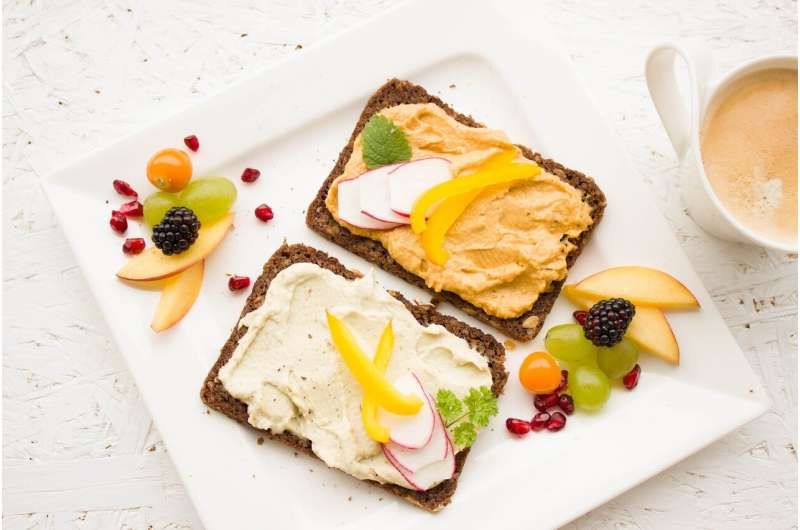Effects of Eating Rate on Energy Intake from Ultra-Processed Foods: New Research Findings

A Wageningen University study demonstrates that altering food texture can significantly reduce calorie intake from ultra-processed foods by slowing eating rate, with sustained effects over two weeks.
A recent study conducted by researchers from Wageningen University in the Netherlands highlights the significant impact of food texture and eating rate on energy consumption from ultra-processed foods (UPFs). Presented at the American Society for Nutrition conference NUTRITION 2025 on June 2, 2025, the research offers compelling evidence that modifying the texture of meals can influence how quickly individuals eat and, consequently, how much they consume.
Over a 14-day period, participants adhering to a diet rich in UPFs demonstrated that those consuming foods with textures designed to slow down eating rate reduced their daily energy intake by an average of 369 kcal compared to when they ate the same foods with textures that promoted faster eating. This finding underscores that eating rate, measured in grams per minute, plays a crucial role in calorie intake and might be a key mechanism through which UPFs contribute to overconsumption.
The study involved 41 participants who followed two different 14-day diets where over 90% of energy came from UPFs. The diets were carefully matched for calorie density, portion size, total energy content, and energy from UPFs. Participants could eat freely until comfortably full, and the order of the diets was randomized with a washout period in between. The controlled environment was part of a semi-residential design at Wageningen, ensuring accurate measurement of intake while allowing normal daily routines.
Findings revealed that regardless of individual differences, all participants adjusted their eating behaviors based on meal texture, with the slow-eating texture leading to significantly fewer calories consumed without affecting their satisfaction or appetite sensations. Importantly, the cumulative difference in energy intake over the 14 days exceeded 5,000 kcal.
Prof. Ciarán Forde, leading the research, emphasized that sensory cues like food texture could be harnessed to regulate eating behaviors more effectively. "Almost all participants responded to the meal textures without guidance or restriction, demonstrating the potential of sensory-driven strategies in managing energy intake," he stated.
This research underscores the importance of meal texture and sensory cues in influencing eating rate and energy consumption, offering new pathways for developing healthier food products and weight management strategies. It also contributes to a broader understanding of how ultra-processed foods impact diet and health.
For more detailed information, visit the original source: MedicalXpress.
Stay Updated with Mia's Feed
Get the latest health & wellness insights delivered straight to your inbox.
Related Articles
Plant-Based Diet Effective for Weight Management and Hot Flash Reduction in Postmenopausal Women
A plant-based diet can significantly reduce hot flashes and promote weight loss in postmenopausal women, offering a natural menopause management strategy.
Exploring the Metabolic Benefits of Mediterranean, Fasting, and DASH Diets in Managing MASLD
Discover the promising metabolic benefits of Mediterranean, fasting, and DASH diets in managing MASLD, a common liver condition linked to obesity and diabetes. Recent research highlights how dietary patterns can significantly improve liver and metabolic health.
Expert Pediatric Tips for Managing Childhood Constipation
Learn essential pediatric tips for managing childhood constipation through diet, hydration, and medical treatments, ensuring comfort and digestive health for your child.
MAHA Report Highlights Dangers of Ultraprocessed Foods in Children's Health
The MAHA report highlights the health risks of ultraprocessed foods in children, linking high consumption to chronic illnesses and advocating for systemic dietary reforms.



